Montana is home to a rich and diverse population of bears, offering a unique opportunity for wildlife enthusiasts and outdoor adventurers to witness these magnificent creatures. With its rolling mountains and lush valleys, the state provides an ideal setting for those seeking a captivating Montana bear hunting.
Bear hunting in Montana has a unique allure for seasoned hunters and aspiring outdoorsmen. However, it is crucial to understand the ins and outs of this adrenaline-pumping escapade to ensure both the bears’ safety and ours.
This guide will delve into essential aspects before going on any bear-hunting adventure in Montana. From how to spot grizzlies and black bears to securing your hunting licenses, we’ll dive into every aspect to arm keen hunters with the knowledge crucial for both a successful hunt and responsible wildlife conservation.
- Related article: Beginner’s Guide to Montana Hunting
So, are you ready to step into the wild world of Montana bear hunting? Continue reading as we navigate this sport’s intricate but thrilling landscape, and you’ll soon be equipped with the insider tips and information you need for a memorable – and safe – bear hunting experience in the splendor of Montana.
7 Key Takeaways on Montana Bear Hunting
- The state is home to grizzly and black bears, easily distinguishable by their physical characteristics such as hump presence, face, and toes.
- The Bear Identification Program is a mandatory step before obtaining a black bear hunting license, aiding in the prevention of accidental grizzly hunting.
- Bear hunters should exercise caution and cook bear meat thoroughly to avoid trichinosis, a parasitic infection found in undercooked meats.
- Montana categorizes bear hunting licenses based on residency, with nonresidents needing to secure a Nonresident Combination License.
- Licenses for black bears are available over the counter, while a special drawing is required for nonresident hound licenses.
- The state has deliberate hunting seasons for spring and fall bear hunts, carefully managed for responsible wildlife interaction.
- Understanding local regulations, such as mandatory bear identification tests, harvest reporting, and inspection requirements, is vital to ensure legal and ethical hunting practices.
About Montana Bears
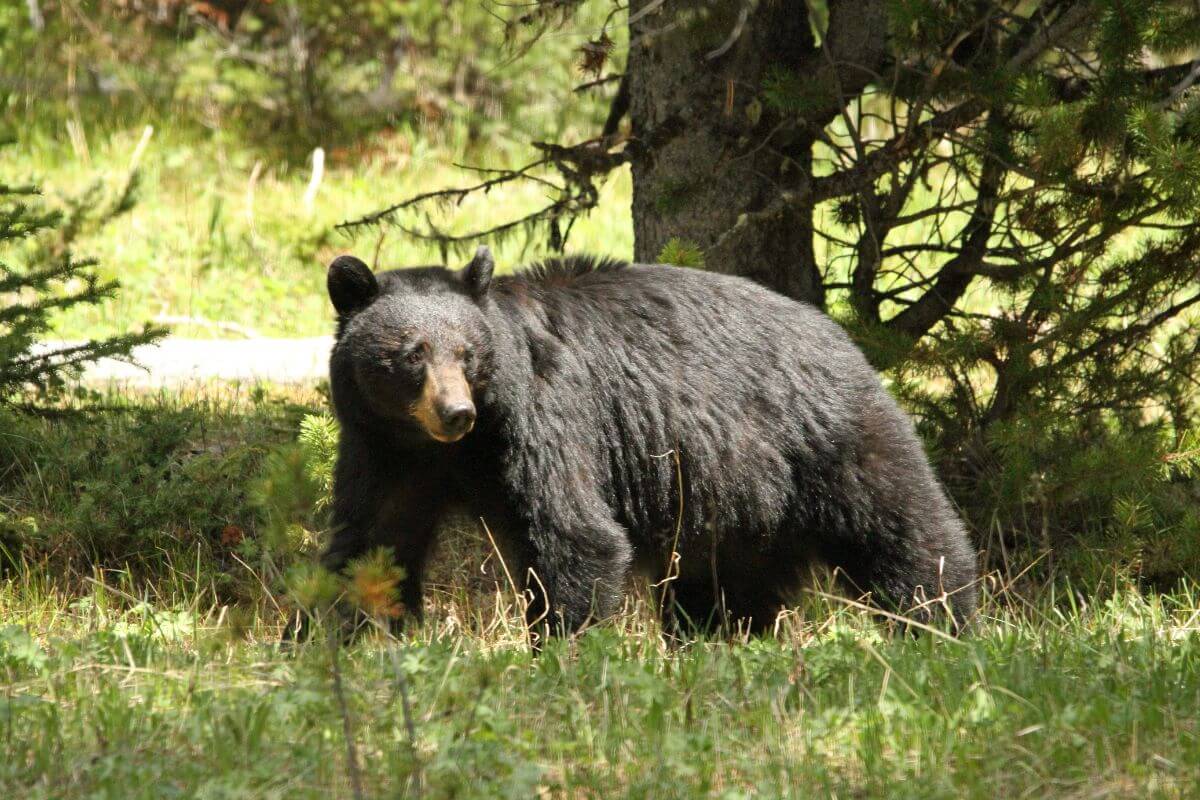
Understanding bear characteristics and respecting their habitats is crucial for a safe and successful bear hunting experience in Montana. By being well-informed about these magnificent creatures, you not only enhance your safety but also contribute to their conservation, preserving the natural balance of Montana’s wilderness.
From identifying the different bear species found in the state to knowing how you can be infected with a parasite from bears, here are some essential things to know about Montana bears to keep you safe and informed during your wildlife adventure.
How to Differentiate Black Bears From Grizzlies
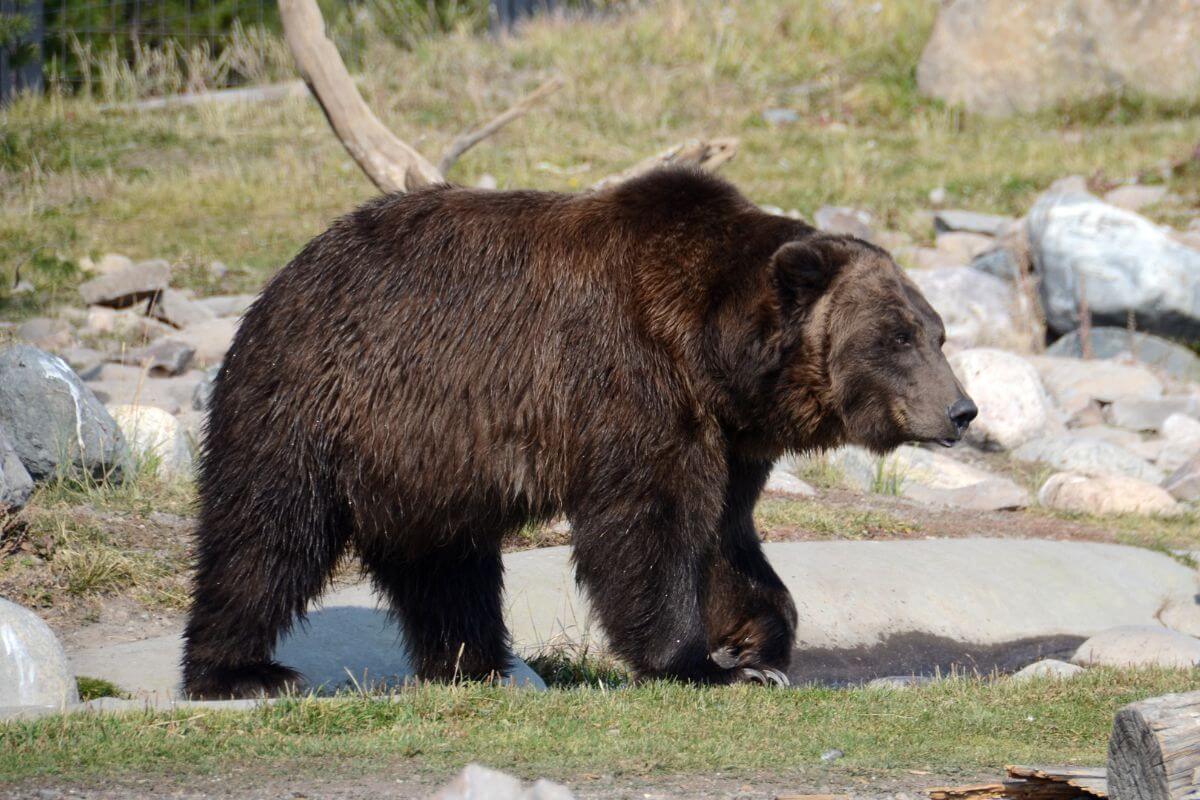
If you’re heading out on a bear hunt in Montana, knowing the difference between a black bear and a grizzly is pretty important — it’s part of Montana’s Bear Identification Program. Especially in the western half of the state where grizzlies are common, so it’s good to be informed.
Grizzly bears are a significant and protected native species in Montana, with high cultural, ecological, and economic value. It is illegal to harm or kill grizzly bears, except in cases of self-defense. With this, only black bears are managed as a game species in the state.
To not commit a mistake when hunting bears in Montana, don’t rely on their:
- Color – Not all black bears are black and not all grizzlies are brown. In truth, their coats can be all sorts of shades: grizzlies can range from light blond to very dark, while black bears can be brown, cinnamon, and even light blond.
- Size – It’s super tough to gauge a bear’s size accurately in the wild.
- Food habits, Habitat, and Behavior – Both species not only eat similar foods but also behave similarly, occupying many of the same areas.
This is why it’s best to rely on the bears’ physical characteristics. Here’s how to best differentiate black bears from grizzly bears:
| Physical Characteristics | Black Bears | Grizzly Bears |
| Shoulder Hump | No | Yes |
| Ears | Pointed, tall | Rounded, short |
| Face Profile | Straight | Dished |
| Toes | More separated | Closer together |
| Claws | Shorter claws, 1.5″ long | Longer claws, 2″ – 4″ long |
This guide should help in correctly identifying these magnificent creatures. Understanding these physical characteristics is crucial for safely coexisting and managing encounters with both species in bear country.
Trichinosis in Montana Bears
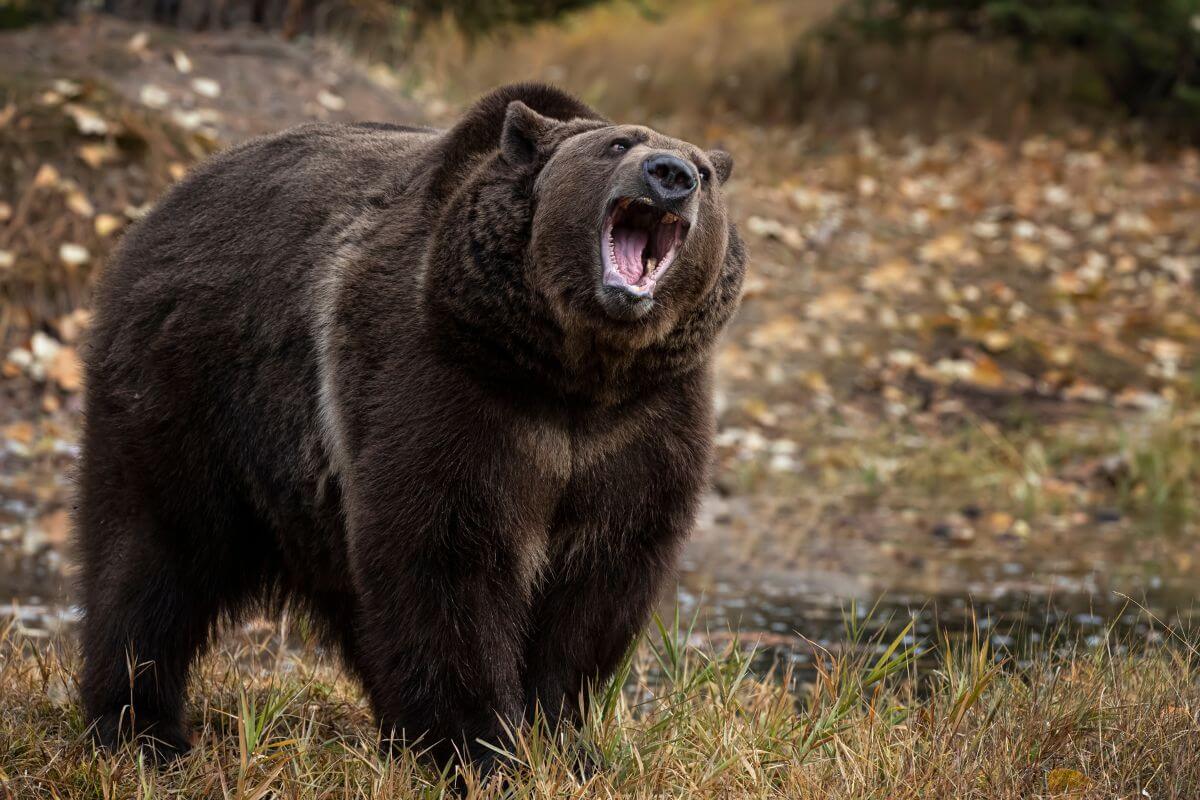
Trichinellosis, also known as trichinosis, is a disease that can be contracted by consuming raw or undercooked meat from animals infected with the microscopic parasite, Trichinella.
In Montana, this infection commonly occurs in certain wild carnivorous animals such as bears and cougars, as well as omnivorous animals such as domestic pigs and wild boar.
The Montana Fish, Wildlife & Parks (FWP) dishes out some sage advice: cook all bear and lion meat thoroughly before consumption by humans or pets to prevent the spread of Trichinella.
But if you’re a hunter with an appetite for bear meat and desire trichinella testing, Montana’s got your back. The Montana Department of Livestock’s lab can do the testing, but you’re responsible for collecting tissue samples, sending them in, and the fee.
Cost for Trichinella Testing in Montana:
- 1-4 Samples – $80.00 per sample
- 5-10 Samples – $65.00 per sample
It is important for hunters and consumers to be aware of the risks associated with consuming game meat from animals infected with Trichinella and to take appropriate precautions to ensure safe consumption.
Montana Bear Hunting Licenses and Fees
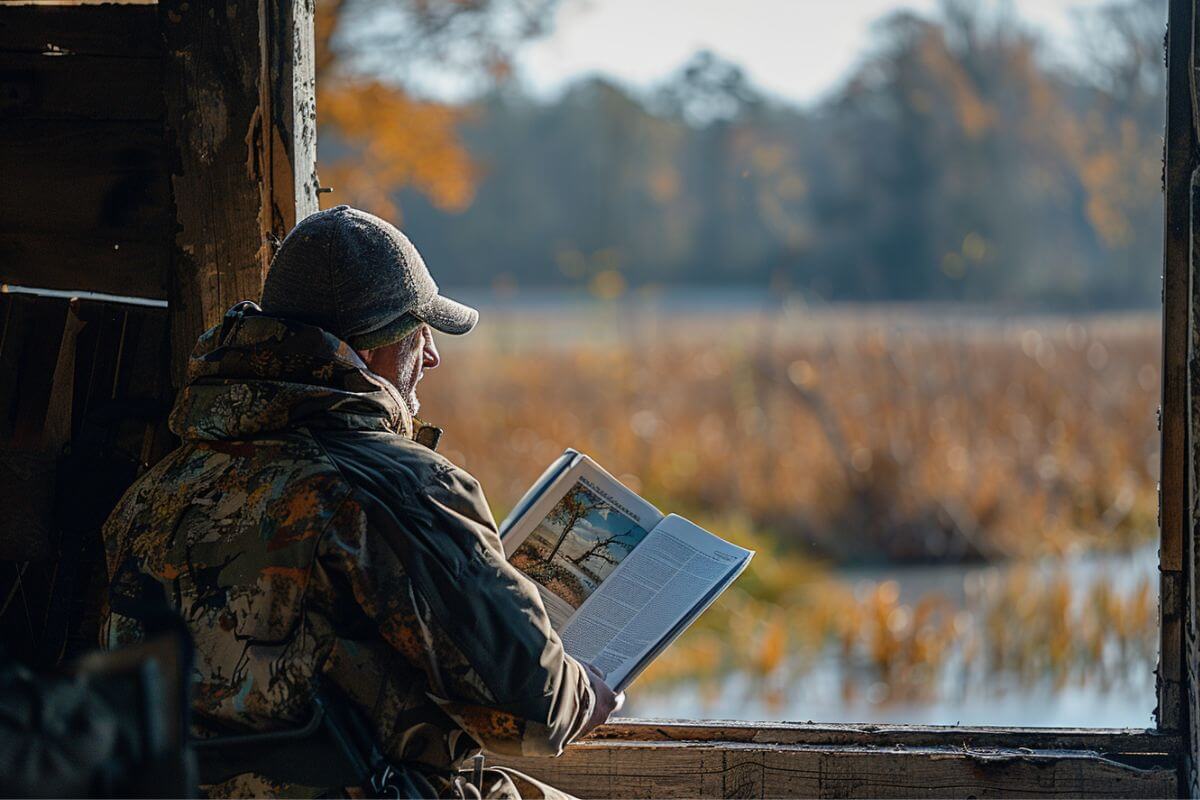
Before you embark on a hunting adventure, the first step is securing the necessary bear hunting license and understanding the associated fees – a crucial foundation for all aspiring bear hunters. In Montana, hunters are allowed to purchase only one black bear license over the counter per year.
However, there are additional licenses required for bear hunting in the state based on the specific hunting method and residency status. Here are the different Montana Bear Hunting Licenses:
- Bow and Arrow (Archery) – For bow and arrow (archery) hunting, a bow and arrow license, in addition to the proper hunting license, is required during the black bear archery-only season or in specific archery-only areas or hunting districts.
- Resident Hound Training License – Resident hunters who wish to use dogs to aid in chasing black bears during the hound training season (May 26 – June 15) must obtain a Resident Hound Training License, which is available over the counter to resident Conservation License holders 12 years of age or older.
- Non-resident Hound License – Non-resident hunters are allowed to pursue black bears with hounds by obtaining a Class D-4 Nonresident Hound License, but they must already hold a black bear license to apply for the Nonresident Hound license.
Below is a chart detailing the corresponding fees for bear hunting licenses for both residents and non-residents:
| Bear License | Resident Fee | Nonresident Fee |
| Spring Season | $19 | $350 |
| Fall Season | $19 | $350 |
| Bow and Arrow (Archery) | $10 | $10 |
| Resident Hound Training License | $5 | N/A |
| Non-resident Hound License | N/A | $250 |
Understanding Montana’s bear hunting license ecosystem and associated fees is the first step toward a successful and enriching hunting expedition. Whether you’re a Montana native or a nonresident entranced by the state’s captivating wilderness, secure the permits early, and let the adventure unfurl.
Montana Bear Hunting Application and Drawing Deadlines
Application and drawing deadlines in Montana vary based on the license you’re aiming for. Check out the insider information to ensure you don’t miss out on your next bear-hunting adventure in Montana:
| License | Availability | Deadline |
| Black Bear | Over the Counter | N/A |
| Nonresident Hound License | Special Drawing | March 25 |
If you’re all hype and ready to get chasing black bears, you’re in for a smooth ride – those licenses are always accessible. But if you’re keen on a nonresident hound license, well, make sure to mark March 25th on your calendar!
Montana Bear Hunting Season Dates
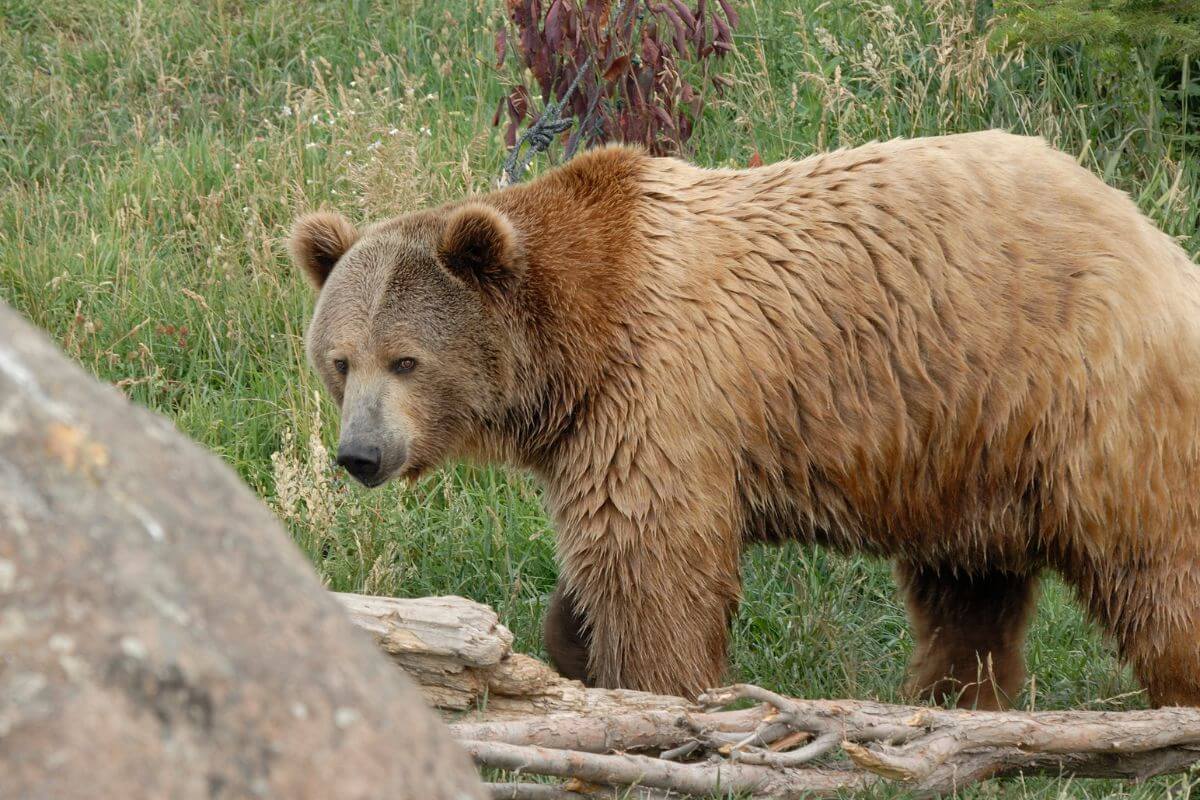
Before you don your camo and head out for your DIY spring bear hunt in Montana, it’s important to mark these dates on your calendar. Montana’s bear hunting calendar is deliberate, with different seasons to give the bears space and create a responsible hunting environment.
Here are the key dates you need to remember for the upcoming spring and fall bear hunting seasons in Montana:
- Spring Bear Hunt – Between April 15th and either May 31st or June 15th
- Spring Hound Training – Runs from May 26th to June 15th
- Archery Bear Hunt – Set from September 7th to September 14th
- Fall Bear Hunt – Kicks off on September 15th and wraps up on December 1st
Remember, these dates often vary slightly from year to year. So, checking up with local wildlife services or experienced hunters for the most current and accurate information is always wise. Once you’ve got the dates locked in, it’s time to get ready for an unforgettable hunt!
Montana Bear Hunting Regulations
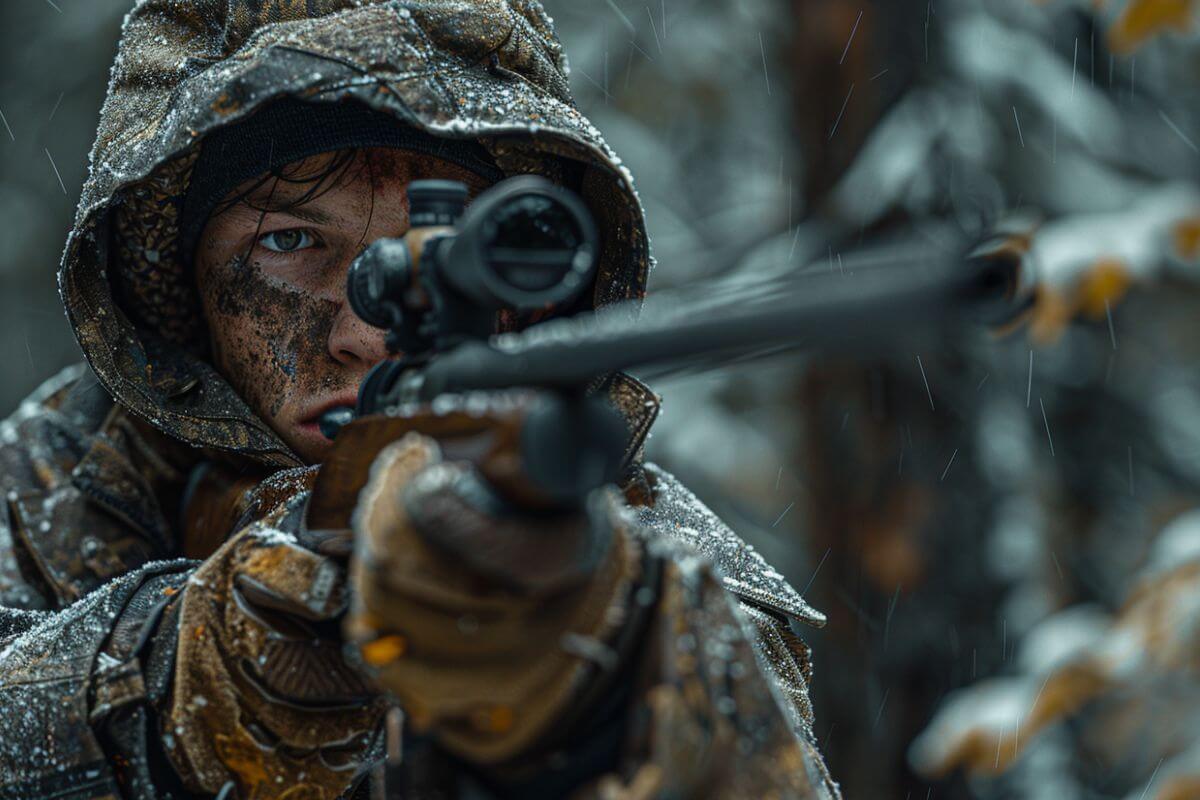
To fully enjoy Montana’s captivating bear hunting experience and ensure the safety of both wildlife and hunters, it’s essential to familiarize yourself with the local bear hunting regulations. Compliance with these rules not only adds to the ethical nature of your adventure but can also prevent fines and legal issues.
Montana has established strict regulations to govern bear hunting in the state, aiming to maintain a balance between hunting activities and the conservation of black bears. When it comes to black bears, there are specific regulations in place to protect cubs and to ensure the preservation of the population.
Montana Black Bear Specific Regulations:
- It is strictly prohibited to harvest or take black bear cubs in Montana. Cubs are defined as bears that are less than one year old.
- It is also illegal to harvest or take a female black bear if she is found to have cubs.
As you dive into the world of bear hunting in Montana, combine respect for the regulations and ethical hunting practices. By doing so, you’re not only ensuring that you’re legally compliant but also contributing to the long-term sustainability of the bear population.
1. Montana Bear Identification Program
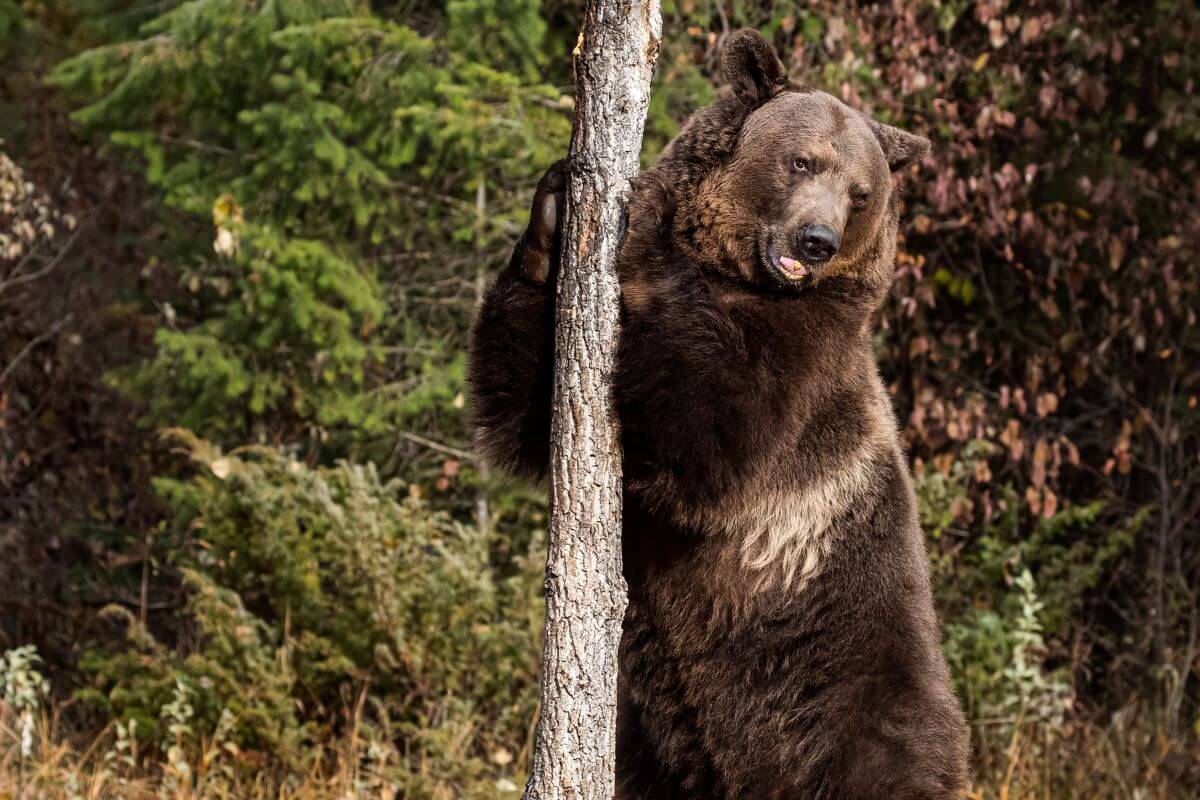
The Montana Bear Identification Program is a crucial step in ensuring the safety of grizzly bears and preventing their accidental killing by hunters. Before purchasing a Black Bear license, hunters must provide proof of having passed a free bear identification test.
The program aims to educate hunters about correctly differentiating between black bears and grizzly bears in the wild. Mistaken identity can have severe consequences, as grizzly bear populations are threatened and need to be protected.
The test consists of 15 multiple-choice questions, and hunters need to correctly answer at least 12 questions (80%) to obtain a certificate of completion. In case of failing, hunters can retake the test until they achieve a passing grade. However, once they pass the test, they do not need to retake it for future license purchases.
If you’re taking the test for the first time to buy a license, you must submit the certificate of completion to the licensing department or print it to present at the time of purchase. It’s important to note that there is no opportunity to print the certificate at a later time, so it must be done immediately upon completion.
By implementing the Montana Bear Identification Program, the state is taking proactive measures to ensure the protection of grizzly bears and prevent unnecessary killings due to mistaken identity. It is a vital step in promoting responsible hunting practices and preserving wildlife populations.
2. Mandatory Harvest Reporting and Quota

When the euphoria of a successful black bear hunt settles, there’s one more task to tackle — mandatory harvest reporting. All black bear hunters in Montana are obligated to report their harvest within 48 hours.
In addition to the reporting requirement, black bear hunting seasons are also subject to harvest quotas in certain Bear Management Units (BMUs). These units, specifically BMUs 510, 520, 600, and 700, have designated harvest quotas that need to be adhered to.
When the hunting season quota is either reached or approached in these units, the black bear hunting season in that district will be closed. This ensures sustainable bear management and prevents overhunting in areas where the population needs protection.
To stay updated on the black bear harvest quota status and mandatory harvest reporting in Montana, hunters, and interested individuals can gather information by calling these hotlines:
| Service | Phone Number |
|---|---|
| Harvest Reporting Line | 1-877-FWP-WILD (1-877-397-9453) |
| Harvest Quota Line | 1-800-385-7826 or 406-444-1989 |
Mandatory harvest reporting and the implementation of harvest quotas are essential components of black bear hunting regulations. These measures ensure responsible hunting practices, sustainable wildlife management, and the preservation of bear populations for future generations.
3. Inspection Requirements
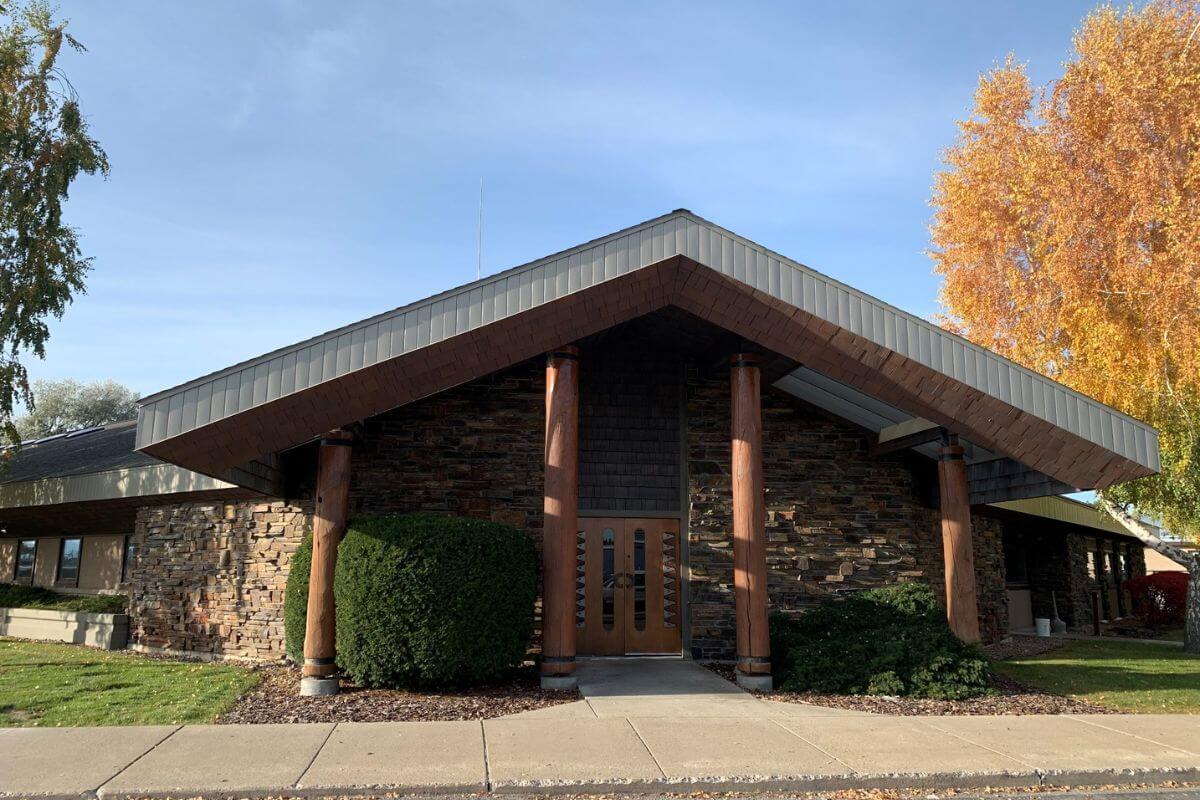
Montana brings its A-game when it comes to bear hunting protocols, and understanding these requirements is crucial to ensure a seamless experience. While the rules can seem a bit daunting, they are a necessity for responsible wildlife management.
The inspection requirements for harvested black bears vary depending on the region where the bear was hunted:
- Region 1 (Northwest Montana) – Physical Inspection Not Required: Instead, submit a premolar tooth to an FWP office within 10 days. You can deliver it in person or even by mail, as long as it’s postmarked within 10 days.
- Regions 2-7 – Physical Inspection Required: Present complete bear hide and skull within 10 days for tagging and possibly tooth collection. Failure to present the hide and skull or register them with FWP personnel within the specified timeframe may result in confiscation.
This system has been put in place to keep track of the bear population and assist in their management. It’s simpler than you might think. You get the best part of the bear, and FWP gets the data it needs – a win-win situation.
4. Hound Hunting
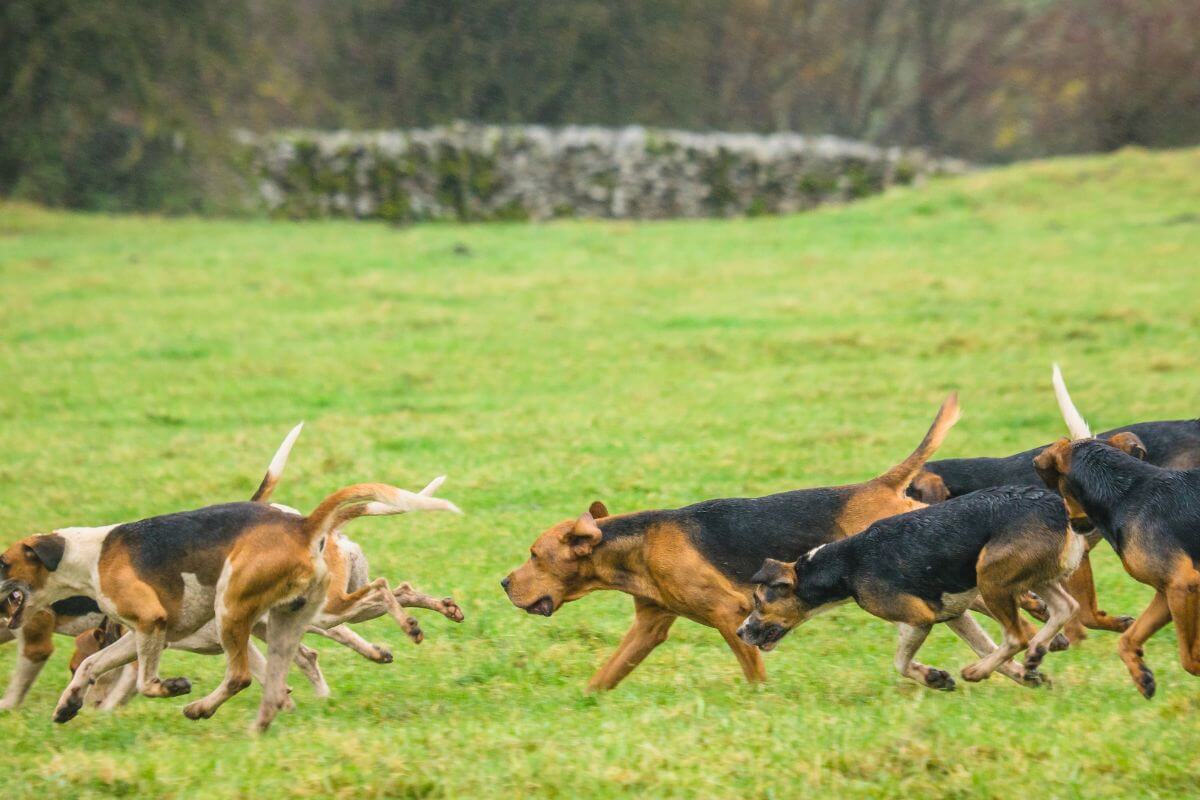
When it comes to bear hunting in Montana, the rules around hound hunting are a bit more specific. Resident hunters in possession of a valid Black Bear License can legally pursue black bears with hounds during the spring hound season.
This is allowed in any valid hunting district as long as the unit is open to hound hunting or chasing. As for where you can hound hunt, it’s best to avoid occupied grizzly bear habitats in the specified BMUs. It’s crucial to respect these areas to ensure a healthy bear population.
You will also need to ensure that your dogs are well-equipped and that you comply with training and hunting hours. According to official Montana regulations:
- Legitimate attempts to retrieve loose dogs after legal hunting hours do not count as a violation – it’s all about keeping it above board.
- Residents require a Class D-3 Resident Hound Training License to train dogs during specified periods.
- Nonresidents should expect to obtain a Nonresident Hound License if hunting or training with dogs.
- Dogs must also be fitted with tracking collars, including GPS capabilities, to ensure their safety and effective management while on the hunt.
High-tech collars and training licenses aside, following these rules not only keeps you on the right side of the law, it also contributes to Montana’s bear conservation efforts.
The use of hounds can make for an exhilarating hunting experience, but it’s essential to always respect the wildlife and the rules that govern their protection. So, if you’re considering hound hunting for bears, it’s important to be informed and prepared.
Montana Outfitters for Bear Hunting
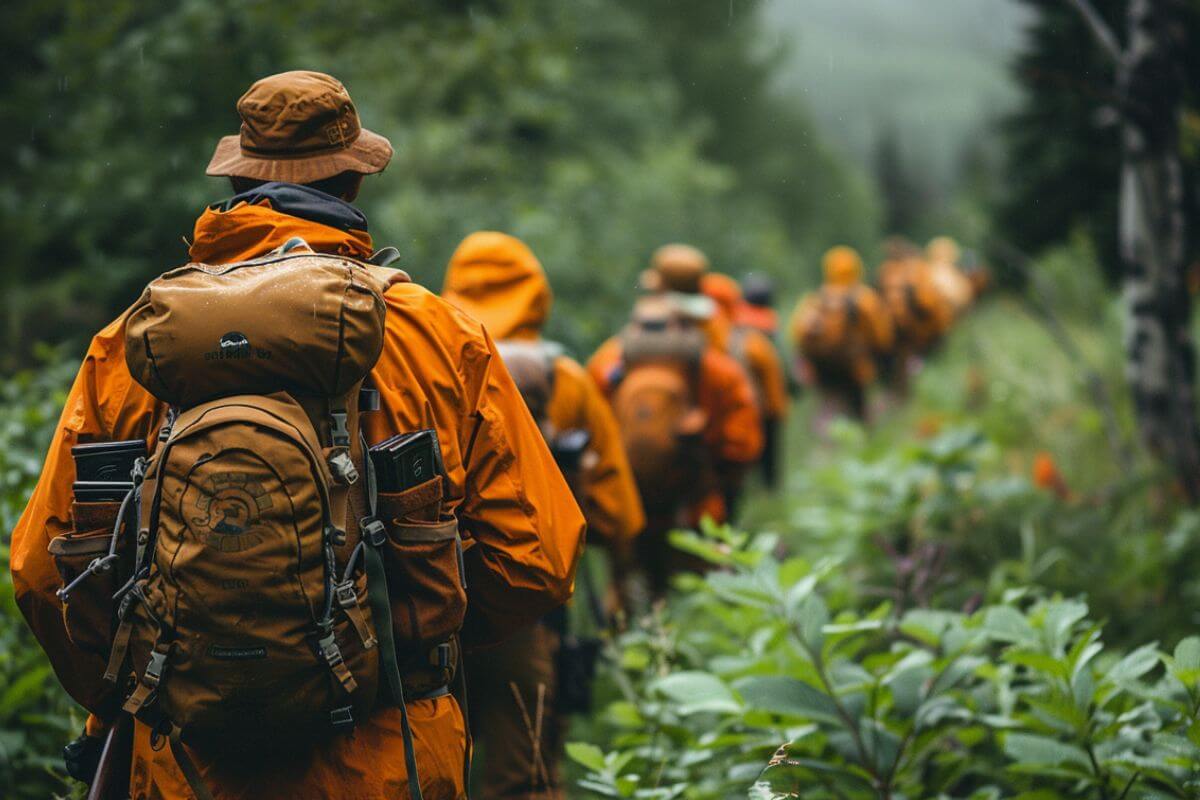
Montana is home to some of the best outfitters for bear hunting. These experienced and knowledgeable professionals provide excellent services and ensure a memorable hunting experience for their clients.
Montana Outfitters for Bear Hunting:
| Outfitter | Description |
|---|---|
| Swan Mountain Outfitters | Unique horse-assisted bear hunts with a focus on Montana’s color phase bears, including cinnamon, chocolate, and blonde hues. |
| Linehan Outfitting | Located in the Yaak Valley, a prime location for black bears according to Montana Fish, Wildlife & Parks. |
| Cody Carr’s Hunting Adventures | Specializes in scoring older age-class bears, offering a variety of color phases such as black, brown, cinnamon, blond, and the rare black with a white diamond chest characteristic. |
| Montana Hunting Fishing Adventures | Offers 6-night, 5-day hunts, strictly spot and stalk with 4-wheel drive transportation. Provides options for day hunts, all-inclusive packages, and wilderness bear hunts. |
| Montana Big Game Outfitters | Focuses on the spectrum of color-phase black bears (brown, cinnamon, blonde), utilizing a spot and stalk approach. Limited number of hunters each year for a more quality and successful hunt. |
| K Lazy 3 | Offers an easy-paced alternative to typical bear hunts, often spending hunting days on foot, concluding the day either on horseback or with a short hike back to camp. |
| Stockton Outfitters | Specializes in spring black bear hunting with a variety of weapons, including archery and pistols. Emphasizes a fully guided experience with a two-foot-on-the-ground policy, even while using 4WDs to access hunting spots. |
These outfitters offer expert guides, extensive knowledge of bear behavior, and unforgettable hunting experiences. Bear hunting enthusiasts can rest assured that they are in good hands when choosing one of these outfitters for their next adventure.
Montana Bear Hunting Final Thoughts
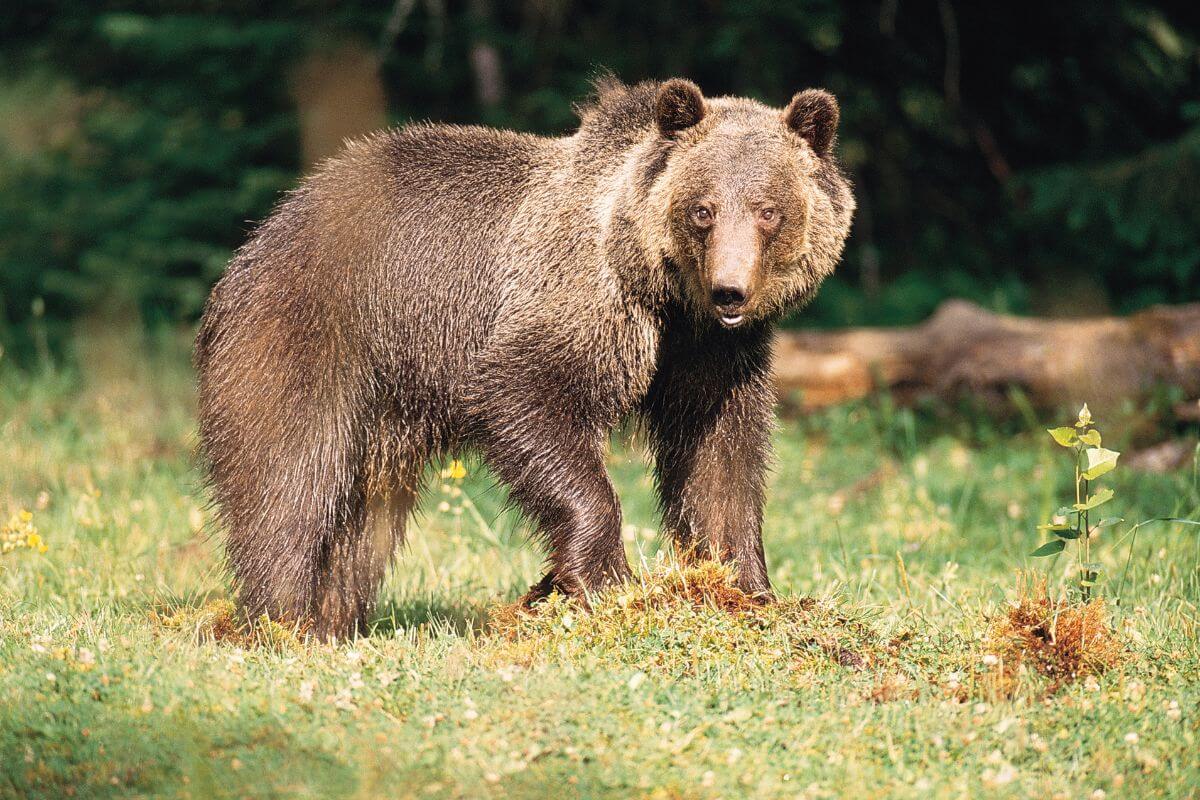
As you prepare for your bear hunting adventure in the captivating Montana wilderness, embody the spirit of responsible wildlife interaction. Understanding the characteristics and behavior of Montana’s grizzly and black bears not only ensures your safety but also contributes to their conservation.
Securing the appropriate hunting licenses, respecting season dates, and complying with Montana’s bear hunting regulations will grant you a fulfilling and ethical hunting experience.
From application and drawing deadlines to mandatory harvest reporting, every step ensures that your adventure aligns with both legal requirements and long-term bear population sustainability.
So, as you contemplate your next move in the vast and wondrous Montana backcountry, be mindful, be informed, and most importantly, be prepared for an unforgettable bear hunting escapade.
Montana Bear Hunting FAQs
1. Can Bears Be Hunted in Montana?
Black bears can be legally hunted in Montana during designated hunting seasons, subject to specific regulations and licensing requirements.
2. How Much Is a Bear Tag in Montana?
A bear tag in Montana costs $19 for residents and $350 for nonresidents.
3. What Is the Success Rate of Black Bear Hunting in Montana?
Each year in Montana, approximately 11,000 hunters collectively harvest around 1,200 bears, with half of these kills occurring in the state’s northwestern region.
Despite a relatively low overall success rate of approximately 11%, many hunters express satisfaction with the quality of the bear hunting experience that Montana offers.
4. What Is the Best Unit for Black Bear Hunting in Montana?
The success of black bear hunting in Montana depends on various factors such as the hunter’s preferences, experience, and the specific region’s bear population.
Generally, some popular units for black bear hunting in Montana include Region 1 (the northwestern part of the state), which has a significant bear population and diverse terrain, offering good hunting opportunities
5. Is It Illegal to Shoot a Grizzly Bear in Montana?
It is illegal to shoot a grizzly bear in Montana except in cases of self-defense or the defense of others. Harming, harassing, or killing grizzly bears is strictly prohibited under state and federal regulations, as they are listed as a threatened species.
Dive into our collection of articles below to discover more about Montana:
- Montana Buffalo Hunting Guide
- Montana Antelope Hunting Guide
- Self-Guided Montana Hunting
- Hunting on Montana Public Land
- https://fwp.mt.gov/hunt/regulations/black-bear
- https://fwp.mt.gov/hunt/seasons
- https://fwp.mt.gov/hunt/education/bear-identification
- https://fwp.mt.gov/conservation/wildlife-management/bear/management
- https://fwp.mt.gov/binaries/content/assets/fwp/montana-outdoors/2009/blackbears.pdf
- https://fwp.mt.gov/binaries/content/assets/fwp/hunt/regulations/2023/2023-black-bear-final-for-web.pdf
- https://www.facebook.com/photo.php?fbid=421338400026339&set=pb.100064505484412.-2207520000&type=3

